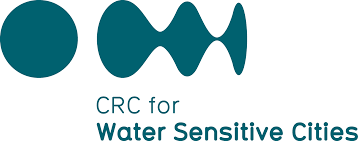
In 2018, the Cooperative Research Centres Program for Water Sensitive Cities in Australia supported the design process of the Sydenham to Bankstown project, which combined the latest research with local expertise to jointly develop practical ideas to address urban water challenges.
The Sydenham to Bankstown corridor is a corridor defined by the Greater Sydney Commission’s Greater Sydney Region Plan and Eastern City and South District Plans, which includes 11 centres along the Sydney Metro Southwest metro line between Sydenham and Bankstown.
The project took a collaborative approach to exploring and co-designing the role of water in creating sustainable, resilient, productive and liveable cities by exploring and applying the potential of nature-based solutions. Participants included urban planners, engineers, environmental and natural resource experts. The collaborative nature of the research helped to break down barriers between disciplines and organisations, potential conflicts of interest and quickly led to results. New insights have emerged that can be applied in practice.
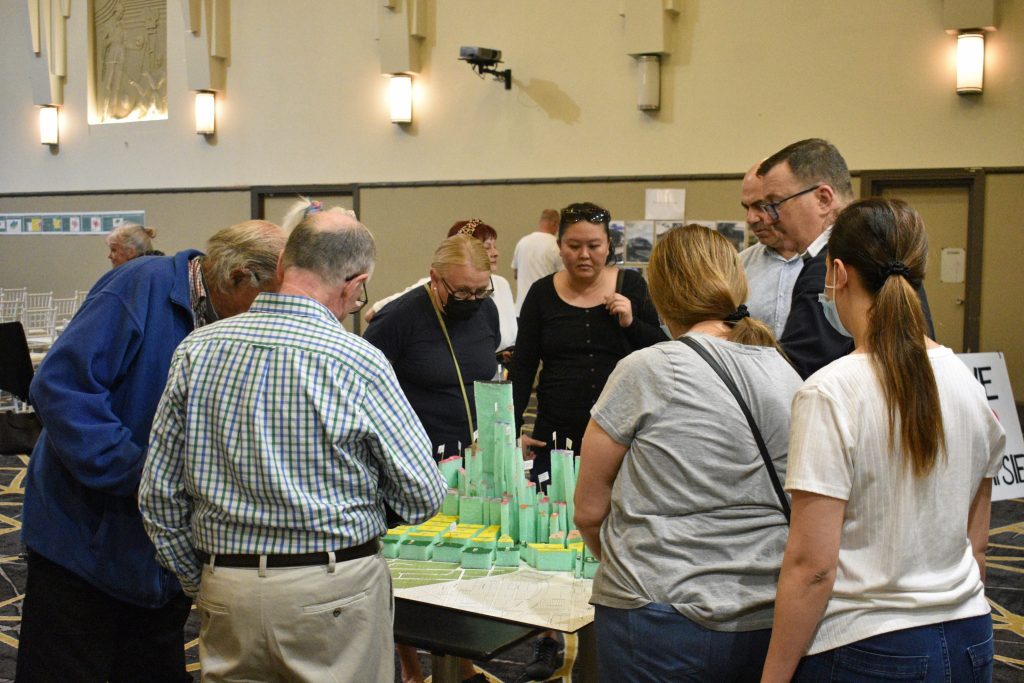
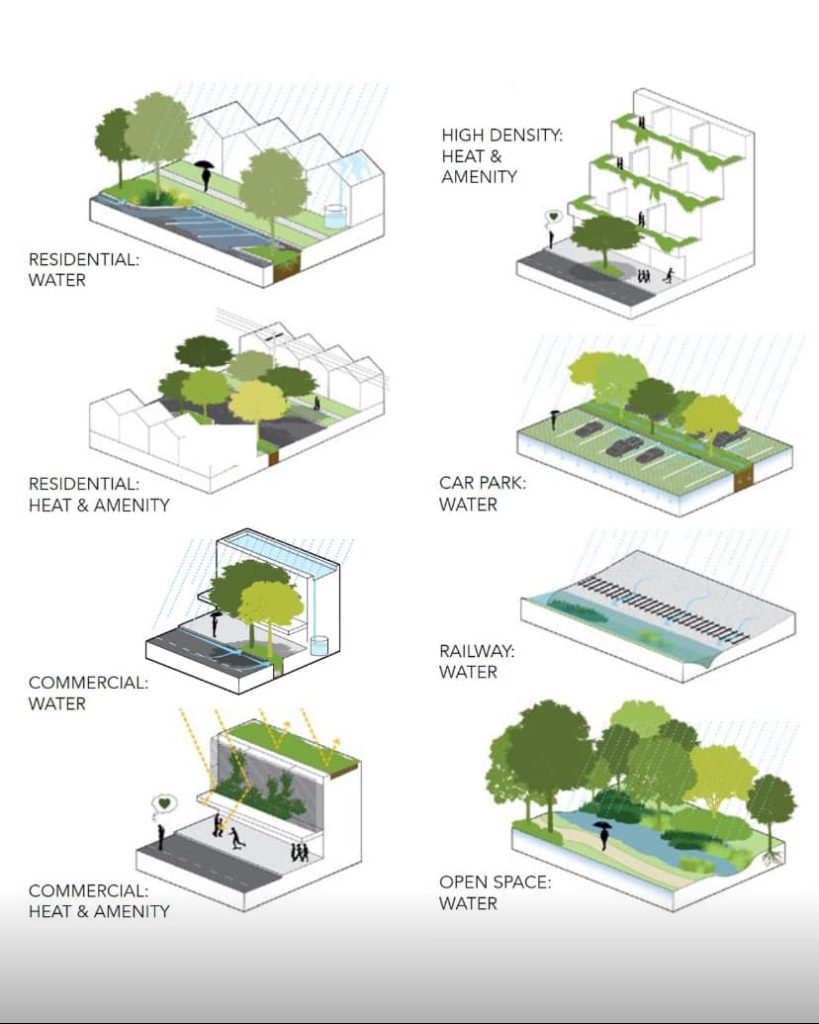
The design principles
At the workshop on design principles, participants were asked to reflect on case studies from the two neighbourhoods and how the urban design typologies developed for each neighbourhood could be put into practice.
- Water should be the basis of urban planning
- Making water visible in the urban landscape
- Involve the community in the planning and creation of their preferred places.
- Land use and infrastructure should support resource mobilisation in a circular economy.
- The water service strategy maximises community benefits before deciding on the scale (centralised or local solutions).
- A functioning ecosystem should be a prerequisite for the livability of a place.
- Technical and social resilience must be planned for.
- Streets are community spaces. Communities want more from these spaces than just space for cars.
- Buildings are part of the catchment topography – they provide a way to treat, slow, store or collect water.
- The community sees only the solution. Integrated governance ensures that this solution is holistic and community-centred.
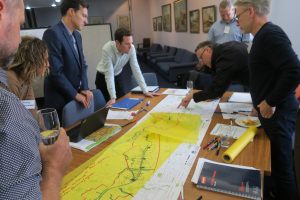
Source : https://watersensitivecities.org.au/
The project has identified problems and set objectives through a series of workshops. The participants worked together to develop the proposed solutions, clearly demonstrating their benefits.
Nine-point framework
The first workshop on the Sydenham-Bankstown corridor resulted in a nine-point framework to guide urban planning, water supply and watershed management along the corridor.
1.Circular economy
The circular economy is a regenerative alternative to the linear pattern of resource consumption and disposal. This approach can also be applied to water and energy, to measure the impact of a city on the health of its watercourses, pollution and urban heat.
2. Water services
To manage the different parts of the urban water cycle – drainage, water and wastewater – as an integrated service, and to look for opportunities to use local systems within the corridor.
3. Green corridors
Developing a network of smaller, larger “green corridors” that deliver both ecological and community outcomes.
4. The health of waterways
The waterway is a critical element of the green corridor. It must work well to fulfil these functions and also meet the needs of the community.
5. Floods
Responding to floods by retreating, adapting or protecting land use and infrastructure through the process of rebuilding.
6. Activating the city centre and public space
Exploiting the role of water and greening to increase the activation of streets and open spaces.
7. Building design
Water-related results at the plot/building scale through better design.
8. Communities
Creating engaged and responsible citizens and communities sensitive to water issues.
9. Governance
That means joint planning, implementation and management of infrastructure developments.


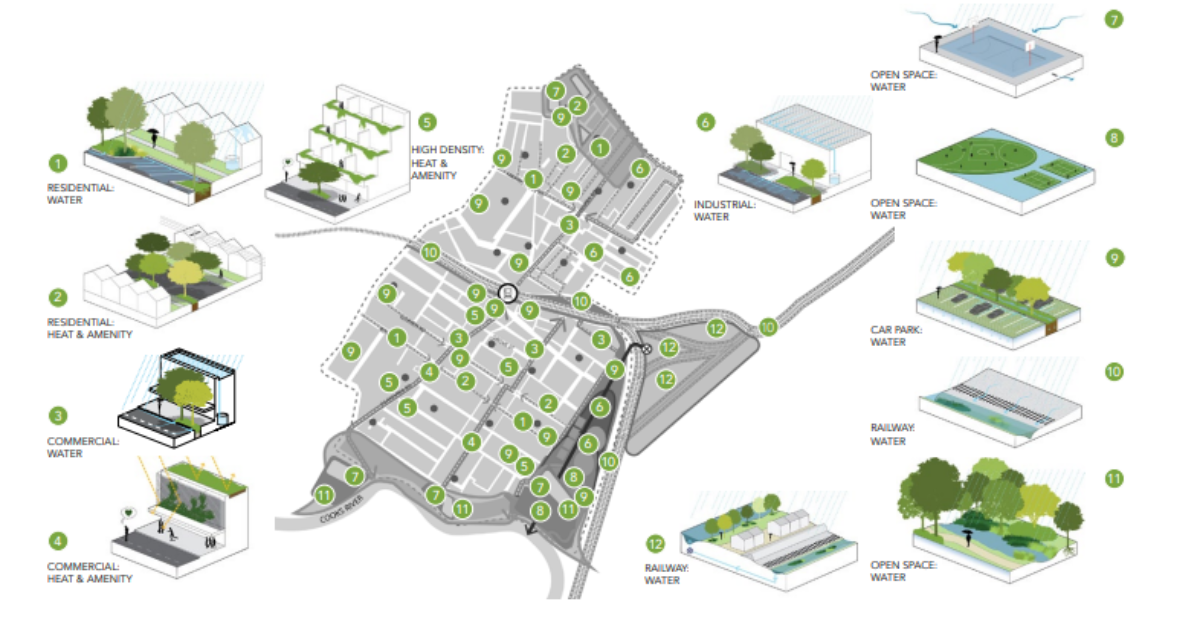
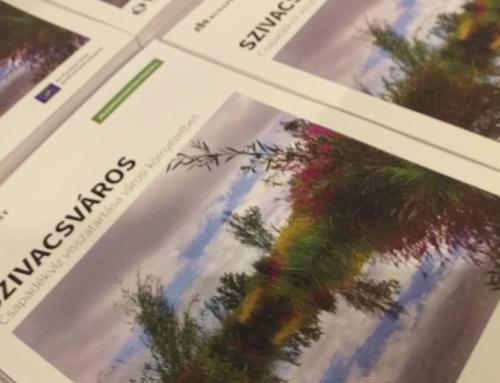
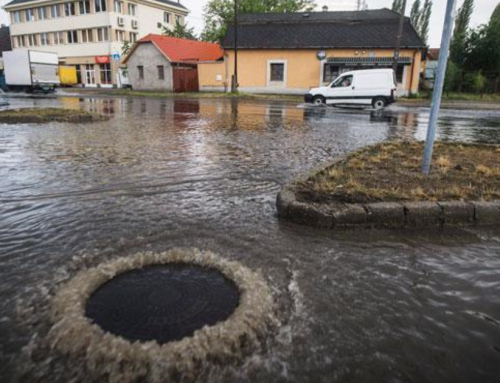
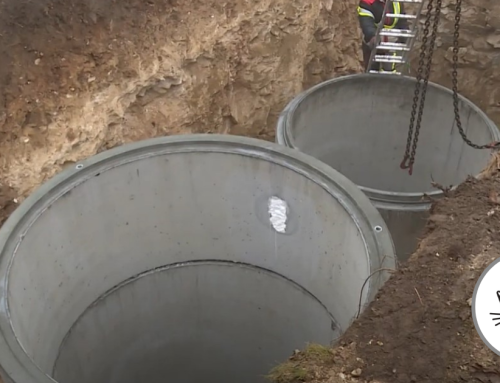
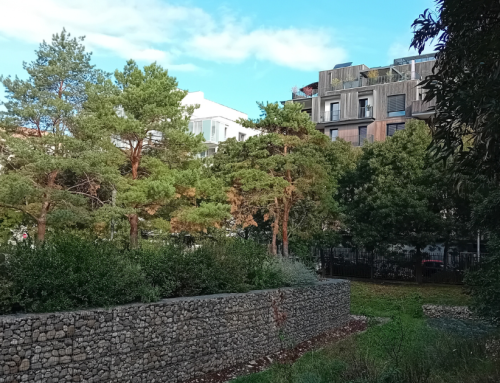
Leave A Comment